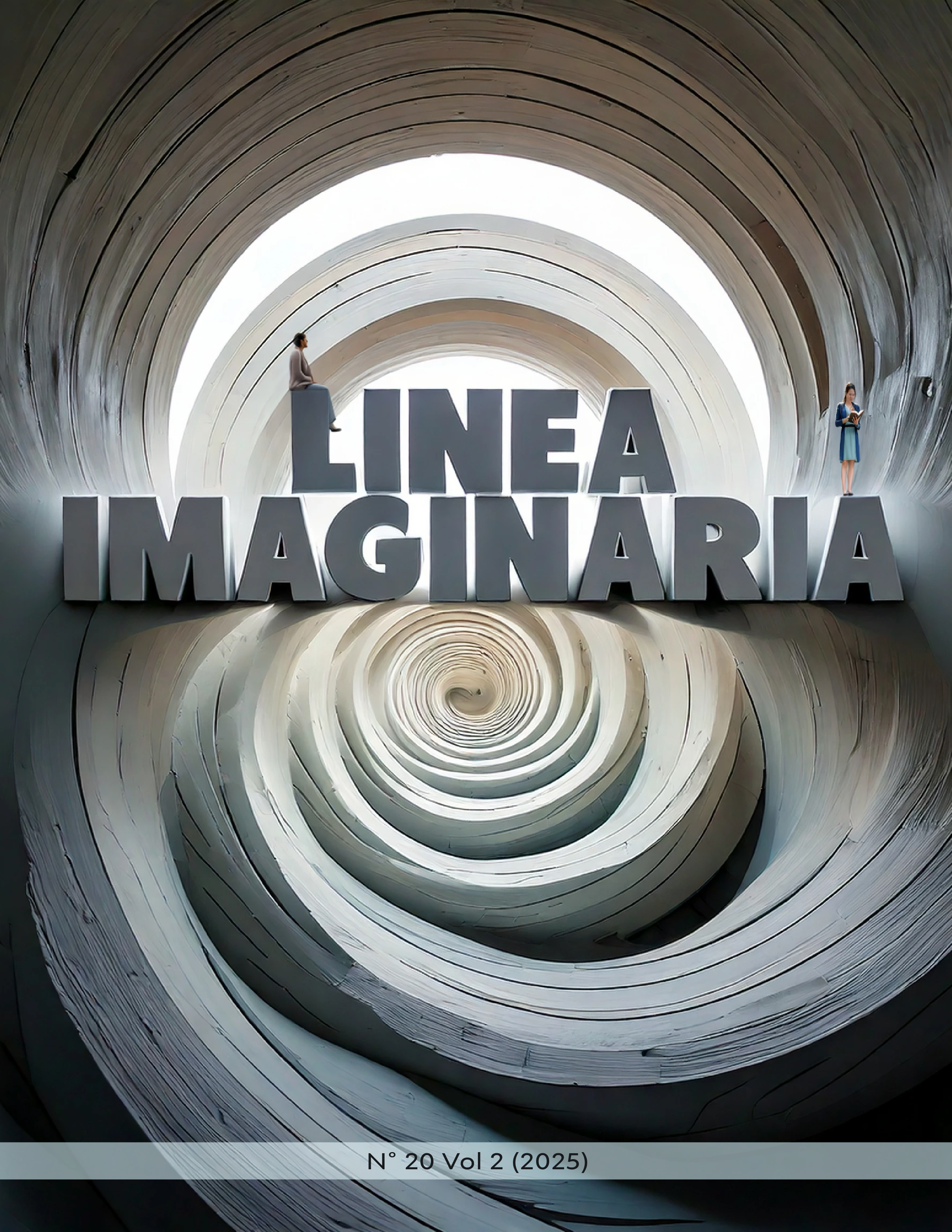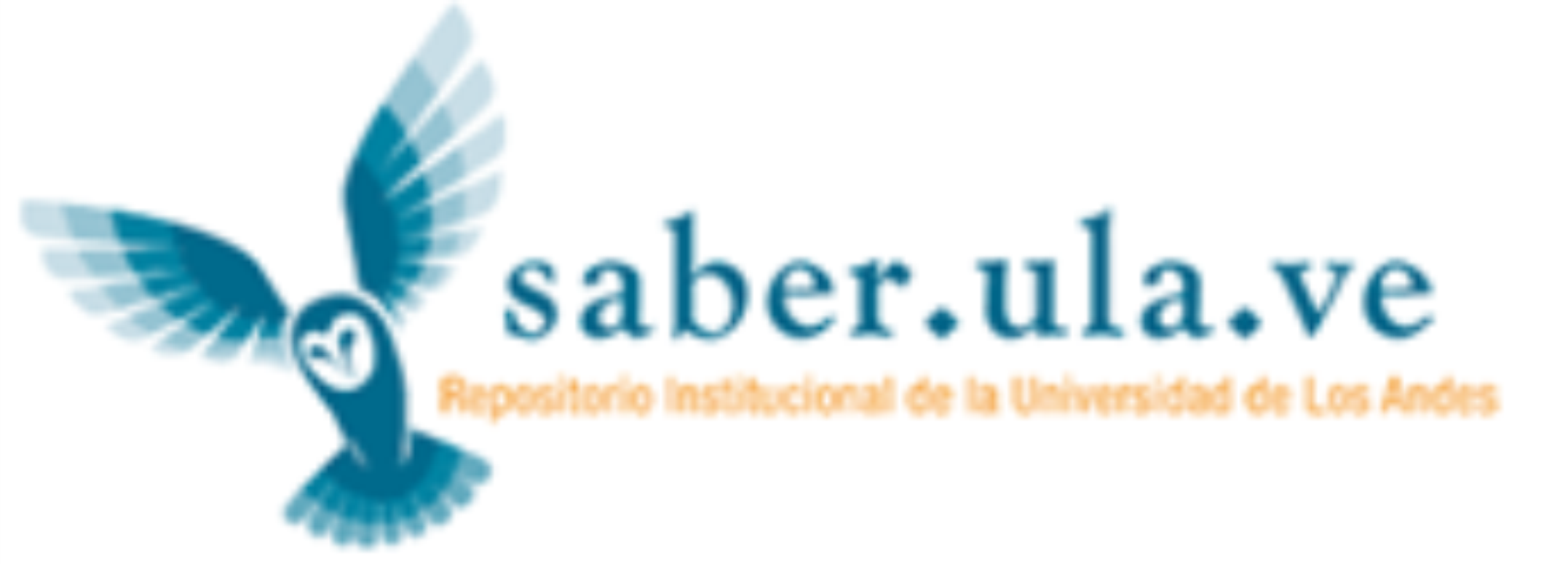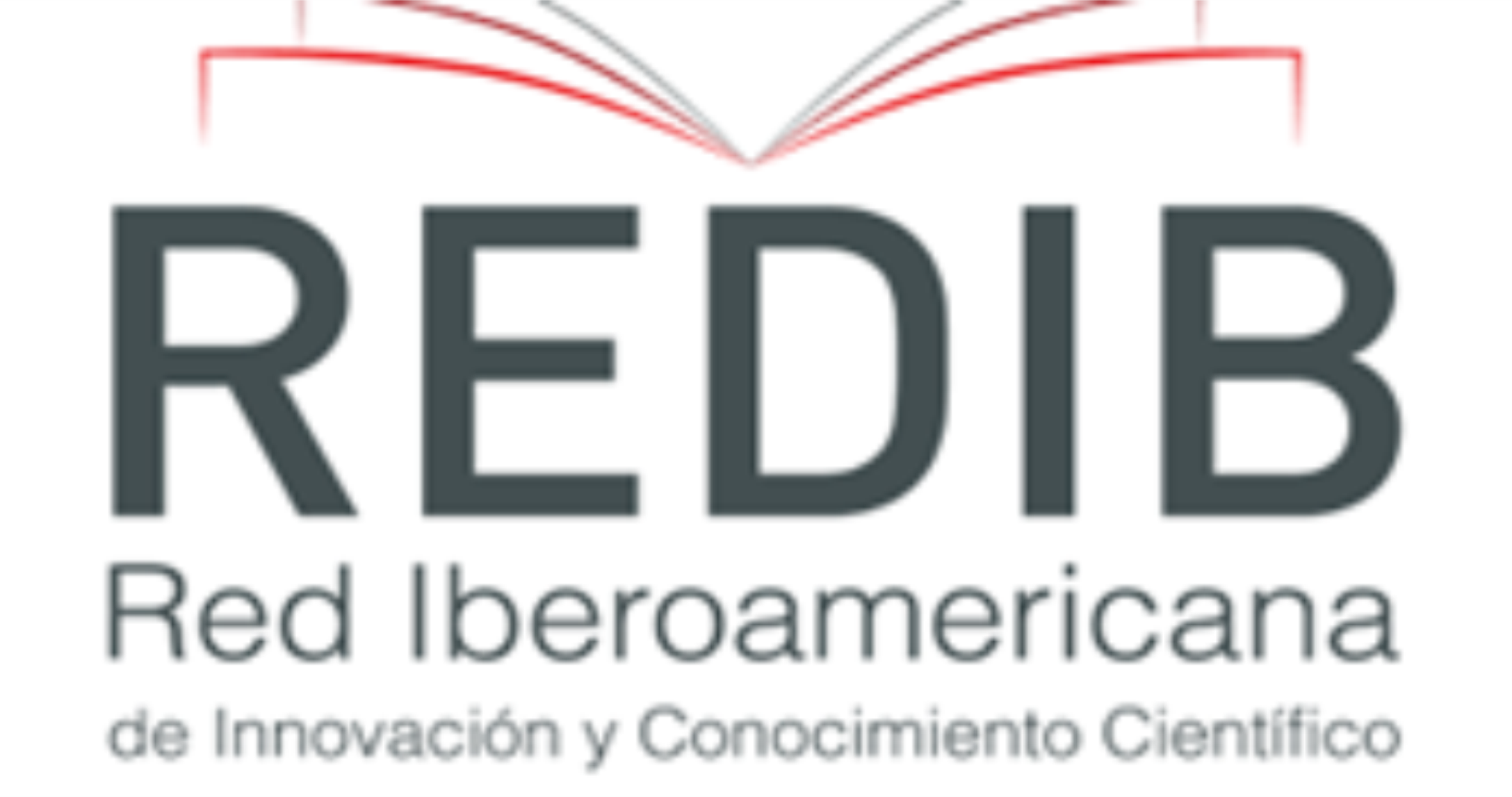GAMIFICATION AS AN EDUCATIONAL TOOL IN THE TEACHING AND LEARNING PROCESS. COMPARISON IN BASIC AND HIGHER EDUCATION
DOI:
https://doi.org/10.56219/lneaimaginaria.v2i20.3763Keywords:
Teaching and learning, gamification, basic education and higher educationAbstract
In order to transform the pedagogical practices that are implemented in the school system in Colombia, through educational technologies and gamification, better academic results can be obtained in the training of students, which is why the study proposes gamification as an educational tool in the teaching and learning process through a comparison between basic and higher education. In view of this, it became relevant to carry out documentary research on the main references that expose publications on the object of study addressed. The results show that there is an important group of inquiries that reveal the positive values of applying gamification in schooling in the country, both in the first grades and in middle school and university, because they maintain motivation in students and generate that strengthen teaching. As conclusions, it is essential to get teachers, principals, students and parents-representatives to realize the great strength of including gamification in the teaching and learning processes that leads to the consolidation of students' competencies, and in turn improves communication and interaction within the classroom. at school, at home, and in the community. The state and the Ministry of Education must provide all educational institutions in the country with equipment, devices and digital tools, so that teachers and students can have the same access and opportunities to use educational technologies in their school environment. It is advisable to use gamification for the application of group activities, in which collaborative strategies are adopted that lead to the collective achievement of significant learning in students.
Downloads
References
Arango, E. (2018). Interacciones de un grupo de jóvenes de la ciudad de Cali en un juego en línea. Universidad del Valle. [Revista en línea]. Recuperado: https://repositorioslatinoamericanos.uchile.cl/handle/2250/8739020?show=full
Constitución Política de Colombia (1991). [Transcripción en línea]. Recuperado: https://www.funcionpublica.gov.co/eva/gestornormativo/norma.php?i=4125
García, M. (2020). La Gamificación como Herramienta Pedagógica para el Fortalecimiento de la Enseñanza y el Aprendizaje en Ciencias Naturales con Estudiantes de Grado Octavo. Universidad de Santander - Centro de Educación Virtual con sede en Buenaventura. [Tesis de maestría]. Recuperado: https://repositorio.udes.edu.co/server/api/core/bitstreams/28ebd628-35f2-4297-b7b8-3e4ece99c58d/content
González, D. (2001). La gamificación como elemento motivador en la enseñanza de una segunda lengua en educación primaria. Universidad de Burgos. [Tesis de maestría]. Recuperado: https://riubu.ubu.es/handle/10259/4674
González, L. (2011) Un espacio para la investigación documental. [Revista en línea]. Recuperado: https://dialnet.unirioja.es/revista/21741/V/1
Heredia, B; Pérez, D; Cocón, F; y, Zavaleta, P. (2020). La Gamificación como Herramienta Tecnológica para el Aprendizaje en la Educación Superior. [Revista en línea]. Recuperado: https://ojs.docentes20.com/index.php/revista-docentes20/article/view/144
Kapp, K. (2012). La gamificación del aprendizaje y la instrucción: métodos y estrategias de juego para la formación y la educación. San Francisco: Pfeiffer. [Libro en línea]. Recuperado: https://es.scribd.com/document/744502515/Karl-M-Kapp-La-gamificacion-del-aprendizaje-y-de-la-instruccion
Landers, R. N., & Callan, R. C. (2011). Casual social games as serious games: The psychology of gamification in undergraduate education. [Revista en línea]. Recuperado: https://link.springer.com/chapter/10.1007/978-1-4471-2161-9_20
Ley 115 de 1994. Ley General de Educación. [Transcripción en línea]. Recuperado: https://www.funcionpublica.gov.co/eva/gestornormativo/norma.php?i=292
Ley 1341 de 2009. Ministerio de la tecnología para la información y la comunicación. [Transcripción en línea]. Recuperado: https://www.funcionpublica.gov.co/eva/ gestornormativo/norma.php?i=36913
Ley 30 de 1992. Servicio público de la Educación Superior. [Transcripción en línea]. Recuperado: https://www.funcionpublica.gov.co/eva/gestornormativo/ norma.php?i=253
Ministerio de Educación Nacional, (MEN, 2018). La Gamificación. [Transcripción en línea]. Recuperado: https://www.mineducacion.gov.co/portal/salaprensa/ Noticias/378143: Ministerio-de-Educacion-realizo-taller-de-Gamificacion-para-docentes-en-Colombia-4-0
Moreno Murcia, J. A. (2018). La gamificación en la educación superior: efectos en la motivación y el aprendizaje. [Revista en línea]. Recuperado: http://www.scielo.org.bo/scielo.php?script=sci_arttext&pid=S2616-79642023000301399
Oliva, H. A. (2017). La gamificación como estrategia metodológica en el contexto educativo universitario. [Revista en línea]. Recuperado: http://redicces.org.sv/jspui/handle/10972/3182
Portal de Recursos para Docentes en Colombia Aprende (2024). La Gamificación. Recuperado: https://colombiaaprende.edu.co/contenidos/coleccion/ stemColombia
Poveda Pineda, D. F., Limas-Suárez, S. J., & Cifuentes-Medina, J. E. (2023). La gamificación como estrategia de aprendizaje en la educación superior. [Revista en línea]. Recuperado: https://doi.org/10.5294/edu.2023.26.1.2
Quintero, L. (2013). El juego como herramienta pedagógica. Universidad Pedagógica Nacional [Tesis]. Recuperado: http://repositorio.pedagogica.edu.co/handle/ 20.500.12209/9155
Ramírez, A. (2021). Pensamiento crítico y videojuegos en estudiantes de educación básica secundaria. [Revista en línea]. Recuperado: https://revistas.unimilitar.edu.co/index.php/ravi/article/view/5369
Rivera, E. (2002). Gamification for student engagement: a framework. Journal of Further and Higher Education, 45(7), 999–1012. [Revista en línea]. Recuperado: https://doi.org/10.1080/0309877x.2021.1875201
Sánchez, J., Lázaro, A., & Doménech, F. (2017). Estrategias de gamificación en la educación primaria: un estudio de caso. [Revista en línea]. Recuperado: https://rua.ua.es/dspace/handle/10045/135018
Santana, K. (2022). El Uso de las TIC en la Educación. Vida Científica Boletín Científico de la Escuela Preparatoria No. 4, 6. [Revista en línea]. Recuperado: https://repository.uaeh.edu.mx/revistas/index.php/prepa4/article/view/8388
Seaborn, K., & Fels, D. I. (2015). Gamification in theory and action: A survey. [Revista en línea]. Recuperado: https://www.sciencedirect.com/science/article/ abs/pii/S1071581914001256
Schunk, D. H. (1997). Teorías del aprendizaje. Pearson educación.
Vergara-Rodríguez, D., & Gómez-Vallecillo, A. I. (2017). Origen de la gamificación educativa. [Revista en línea]. Recuperado: http://espacioeniac.com/origen-de-la-gamificacion educativa
Werbach, K., & Hunter, D. (2012). For the Win: How Game Thinking Can Revolutionize Your Business. Wharton Digital Press. [Libro en línea]. Recuperado: https://fama.us.es/discovery/fulldisplay?docid=alma991012462539704987&context=L&vid=34CBUA_US:VU1&search_scope=all_data_not_idus&tab=all_data_not_idus&lang=es
Zambrano, A., Martinetti, I. & Icaza, S. (2024). Optimizando la experiencia educativa: Moodle como motor de transformación en el proceso de enseñanza y aprendizaje. [Revista en línea]. Recuperado: http://revistacodigocientifico.itslosandes. net/index.php/1/article/view/465
Zichermann, G., & Cunningham, C. (2011). Gamification by design: Implementing game mechanics in web and mobile apps. O'Reilly Media. [Revista en línea]. Recuperado:https://books.google.com.co/books/about/Gamification_by_Design.html?id=zZcpuMRpAB8C&redir_esc=y
Downloads
Published
How to Cite
Issue
Section
License
Copyright (c) 2025 LÍNEA IMAGINARIA

This work is licensed under a Creative Commons Attribution-NonCommercial-ShareAlike 4.0 International License.
La revista Línea Imaginaria conserva los derechos patrimoniales (copyright) de las obras publicadas, que favorece y permite la reutilización de los mismos bajo la licencia Creative Commons Atribución-NoComercial-CompartirIgual 4.0 , por lo cual se pueden copiar, usar, difundir, transmitir y exponer públicamente, siempre que se cite la autoría y fuente original de su publicación (revista, editorial, URL y DOI de la obra), no se usen para fines comerciales u onerosos y se mencione la existencia y especificaciones de esta licencia de uso. Si remezcla, transforma o crea a partir del material, debe distribuir su contribución bajo la misma licencia del original.














